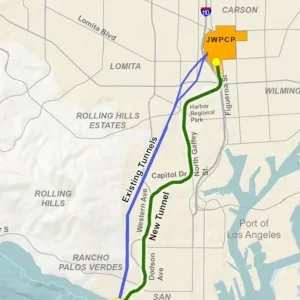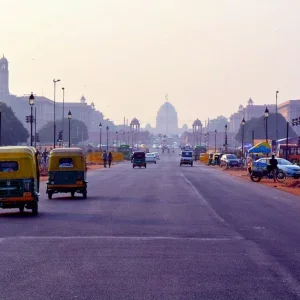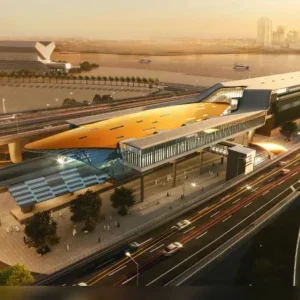The geography means that a land route between the two cities is prohibitive, and a two-hour ferry trip is just about the only option. A subsea tunnel would reduce journey time to 30 minutes. Additionally, plans to link Tallinn to the European high-speed rail networks could be extended to Helsinki.
A recent pre-feasibility study suggested that the tunnel could be constructed for less than USD 14bn. EU money is required for further studies.
Geological investigations will be needed for the subsea section of the alignment, but it is already known that the main problems are connected with geology at the possible portal locations on the Estonian side. The problems are associated with mainly weakly consolidated and water saturated Ediacara – Lower Cambrian layers. A 75 to 80m thick complex of weakly lithified and water-saturated silt and sandstones of the Kroodi Formation (Ediacaran around 55m thick) and Sämi Member (Lower Cambrian around 25m thick) covers the crystalline basement in the optional tunnel entrance area in Viimsi. This complex is also an important source of water supply for the Tallinn city area.







